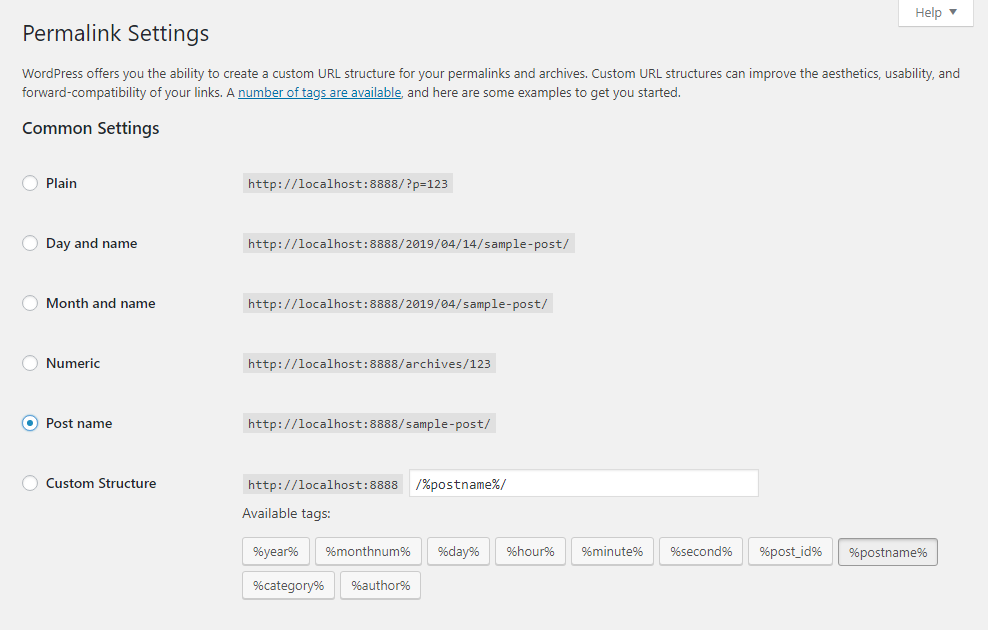WordPress Glossary Plugin (CMTG) - Troubleshooting - 404 Errors
404 Error
What It Is
Simply put, a 404 error can happen when you try to access a link, but the server can't find it.

The WordPress Glossary plugin creates Custom Post Types, which requires WordPress to refresh its URL rewriting mappings. In most cases, this is done automatically, but, if it fails for some reason, it might trigger 404 errors.
Troubleshooting
If you are experiencing 404 or Fatal Errors on your WordPress website while using Tooltip Glossary, the most likely fix is refreshing the permalinks.
Video Tutorial
Step-by-Step
- Log in to your WordPress website as the admin.
- Visit Admin Dashboard → Settings → Permalinks.
- Click on Save Changes.

Specific Tooltip Glossary Scenarios
If the above troubleshooting didn't solve the issue, check these other options.
Issue 1) 404 on Category Pages
The default and intended way to display the tooltips from the category is by using the [glossary cat="cat_slug"] shortcode.
However because the Glossary Categories are defined as the taxonomies, sometimes it can be accessed directly:
<a href="http://yourdomain.com/glossary-categories/cat-slug/">http://yourdomain.com/glossary-categories/cat-slug/</a>
However for some users entering the category page directly displays 404 error instead of the Glossary Categories archive.
Specific troubleshooting
If the direct access to the Glossary Category page doesn't work for you, please try these solutions:
- Try to switch the theme - some themes lack the support for the custom taxonomies. If switching the theme helps, contact the author of your theme and ask for the custom taxonomy support.
- If you can't contact the author, or they refuse to help, you can always contact us and we can do a customization for you. You can find more information about this service on the www.cminds.com in the Hire Us section.
- As suggested in the video above, go to the Settings → Permalinks and Save Settings without making any changes. This way WordPress resets it's permalink structures.
- Try to use the intended way (Glossary Index limited to the category of your choice).
Issue 2) Broken HTML
The Glossary plugin is very sensitive to cases where the HTML of the template, or HTML which is created by an external plugin is broken.
This means that for example an external plugin opened up an HTML <div> tag without closing it with </div>. This causes the page to break.
To determine if this is causing your page to break, please use an HTML validator tool. The best is W3C validator https://validator.w3.org/

After placing your page URL in the address fields you should look mostly for errors in the results:

This error might indicate the issue your template is facing which is causing the page to break. This might be coming from a Theme error or from an external plugin which is adding code to your website.
The glossary itself adds very clean and validated HTML, so it cannot cause these issues.
When refreshing permalinks or fixing broken HTML does not help
404 errors in WordPress are very common. If the are 404 errors on your website that are not related to the glossary, and refreshing the permalinks does not help, you may need to change the .htaccess file on your server.
 |
More information about the WordPress Glossary Plugin Other WordPress products can be found at CreativeMinds WordPress Store |
 |
Let us know how we can Improve this Product Documentation Page To open a Support Ticket visit our support center |
